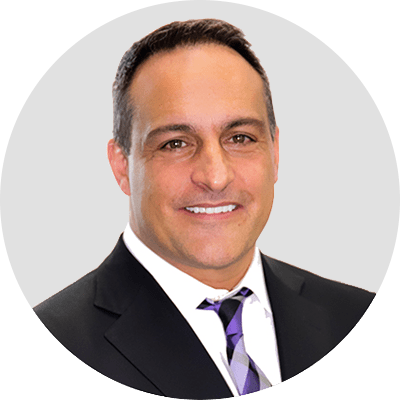For most people, body fat is little more than something they want to get rid of. However, for medical researchers, fat is often a gold mine of information. It may even prove to be the key to unlocking the mysteries of molecular aging, according to a new study that was presented at the American Society of Plastic Surgeons annual meeting last month. For the first time, plastic surgeons have been able to identify specific molecular changes in genome structure that occur in fat. If these changes can be reversed with new therapies, physicians may be able to provide rejuvenation on a molecular level, without the need for surgeries like facelift. The study involved fat being taken from the abdomens of healthy patients, aged 18 to 85, who were undergoing plastic surgery. The genes regulating aging were examined in fat cells and stem cells extracted during the procedures. Researchers found that specific changes that occur to histones and other molecules regulating gene activity may represent critical markers of tissue aging. The possibility exists that these changes might be reversed in order to maintain a more youthful pattern at the level of the DNA. According to lead study author Ivona Percec, MD:
“Plastic surgeons strive to treat the appearance of aging in an effective and natural manner through surgical intervention, an approach that can be compromised by the limitations of aged tissue. Our goal is to define the molecular changes responsible for normal human tissue aging to identify novel, less invasive, therapies for the prevention and treatment of aging.”
“In future studies, we will investigate regulatory molecules that reverse changes in the human genome structure in an attempt to prevent or reverse aging in these cells. These findings, and planned future studies, are critical for advancing the understanding of how human tissues age and have significant implications for regenerative medicine applications in plastic surgery.”

Dr. Jonov is a cosmetic surgeon who specializes in plastic surgeries of the face, breast, and body at Seattle Plastic Surgery.

